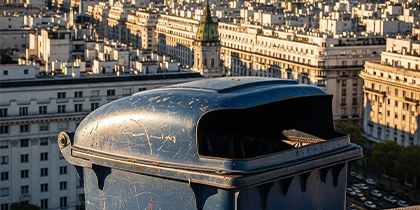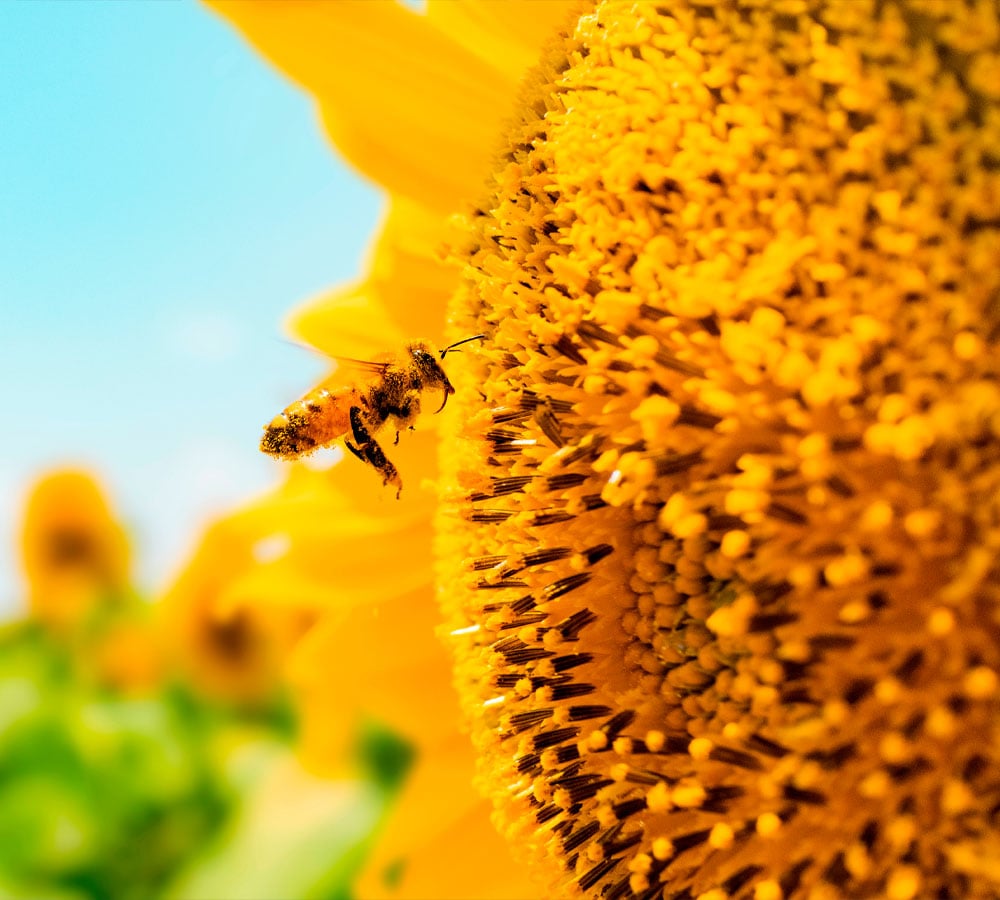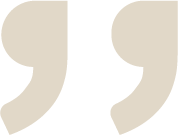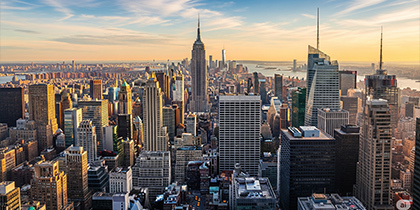The City That Never Sleeps.
In this new series "A look at waste from..." we look beyond the borders of the Netherlands and Belgium. Because how do other cities and countries deal with their waste streams? What can we learn from them-and what not?
As an employee of Milgro, Saskia Dorsman- Senior Online Marketer- even on vacation looks at waste with a different eye. Recently, she traveled to New York. The Big Apple leads the way in many things, but as far as Saskia could see, not in waste separation. Read along.
Separating waste in park versus restaurant
At many hotels and restaurants, tableware had been replaced with single-use plastics for coffee, breakfast or a sandwich. And there was only one trash can. Napkins, plastic plates, straws and food waste all disappeared into the same bin.
However, this says nothing about the city's intentions to recycle better. The city has placed thousands of recycling bins in busy places, from sidewalks and parks to subway stations. Incidentally, this does not yet put a sigh of relief. Only 17% of the city's waste is recycled: the rest largely (81%+) disperses at landfills or in incinerators outside the city. By comparison, San Francisco claims 80% recycling.
In defense of an otherwise fantastic city. New York City attracts huge numbers of visitors. There were an estimated 65 million by 2024. New Yorkers produce nearly 13,000 tons of waste per day. To illustrate, no city in the world produces more waste. Fast food packaging makes up a large portion of this (43%).
Single-use plastics
Why do you still see so many single-use plastics and little waste separation in New York? An important factor is that the U.S. only recently introduced stricter regulations. In Europe, for example, straws, cutlery and containers are largely banned. New York has not yet reached that point. Convenience culture and years of cheap plastic have ensured an abundance of disposable products. That culture, by the way, is not just reserved for New York. In the U.S., 80% of products are used only once and then thrown away.
An example of the recently stricter rules is the ban on plastic bags. Before the ban in 2020, New Yorkers used over 10 billion plastic shopping bags annually. Now that number has dropped significantly. This saves billions of pieces of plastic each year. And New York is not done yet. In early 2024, the City Council passed the "Skip the Stuff" law. Restaurants may only provide disposable plastic cutlery, bags of sauce, straws or napkins with takeout and delivery meals at the customer's explicit request. This forces restaurants to provide fewer disposable materials.
Recycling is also being looked at. Under Mayor Bill de Blasio, the Zero Waste 2030 program was launched. The goal is that by 2030, no more waste from the city will have to go to the landfill. That means more recycling, composting and creating less waste. It's a huge challenge-now most of New York's waste still ends up in landfills. But the will to change is there.
A look to the future from...
The future? With tens of millions of visitors a year and trash growing daily, New York must be changing. And who knows, maybe on my next visit I'll throw my hot dog bowl neatly in the paper bin instead of in the garbage. That would really be a nice souvenir of progress in the City That Never Sleeps!

Keepingup to date
Want to stay up to date on all new developments? Follow us onLinkedIn, or subscribe to the newsletter. Are you curious about what Milgro can do for your operations and waste process? Then get in touch.













